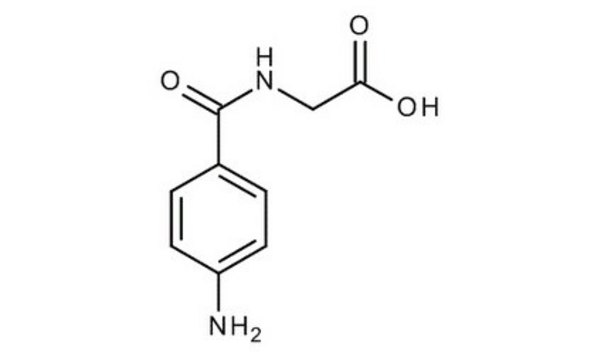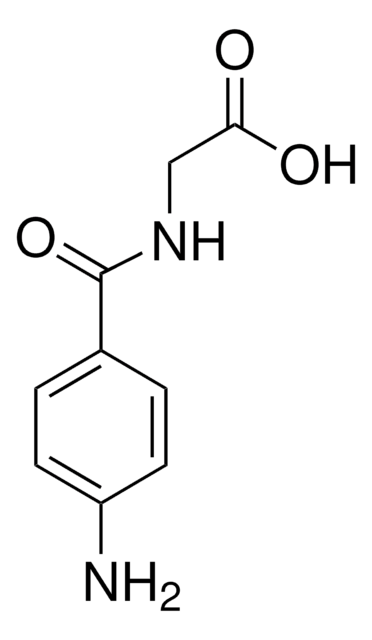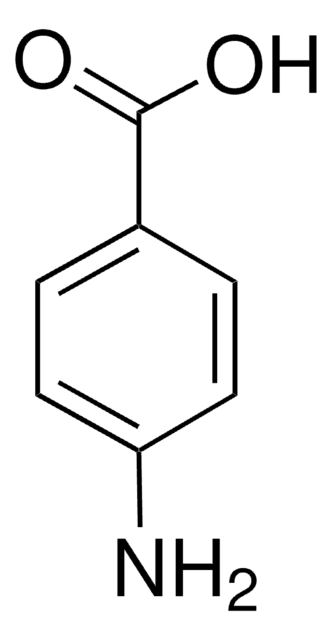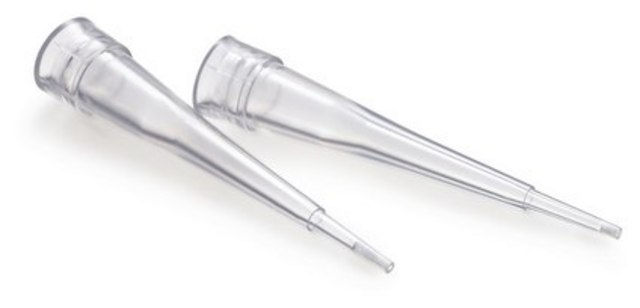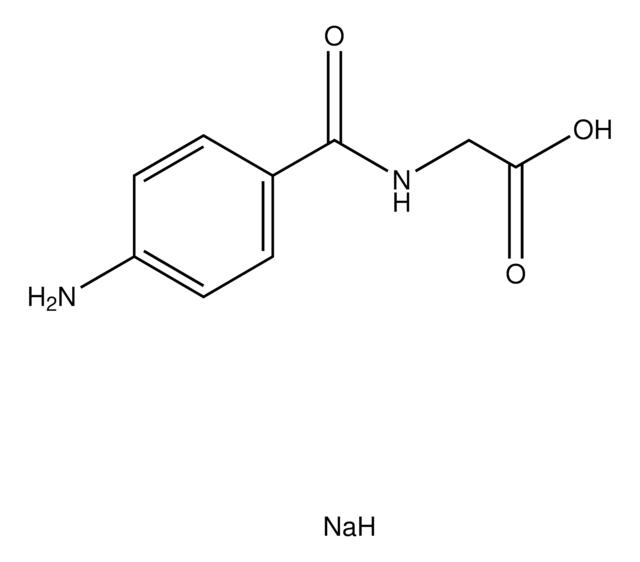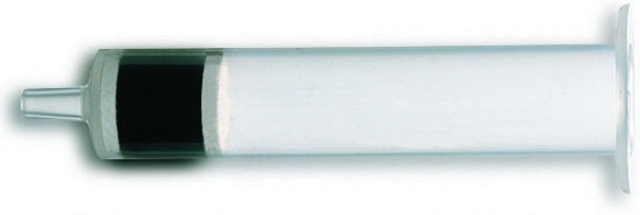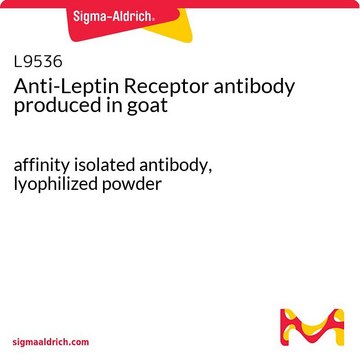MAK101
PAH (p-Aminohippuric Acid) Assay Kit
sufficient for 100 colorimetric tests
Sign Into View Organizational & Contract Pricing
All Photos(2)
About This Item
UNSPSC Code:
12352200
NACRES:
NA.25
Recommended Products
usage
sufficient for 100 colorimetric tests
detection method
colorimetric
relevant disease(s)
genitourinary disorders
storage temp.
−20°C
General description
p-Aminohippuric acid (PAH), a derivative of hippuric acid, is used in the measurement of renal plasma flow (RPF). Renal plasma flow measures the volume of plasma, which enters the kidney in a given period of time. To determine effective renal plasma flow, PAH is measured in a plasma sample (PPAH) and a urine sample (UPAH). The volume of urine flow (V) is also required.
Suitability
Suitable for measuring PAH (p-Aminohippuric Acid) in plasma and urine samples
Principle
The PAH (p-Aminohippuric Acid) Assay kit can be used for measuring PAH in a plasma and urine samples. PAH reacts with 4-(dimethylamino)cinnamaldehyde (DACA) to generate a compound, which can be detected spectrophotometrically at 550 nm.
Signal Word
Danger
Hazard Statements
Precautionary Statements
Hazard Classifications
Eye Irrit. 2 - Flam. Liq. 2
Storage Class Code
3 - Flammable liquids
WGK
WGK 2
Regulatory Information
新产品
Choose from one of the most recent versions:
Certificates of Analysis (COA)
Lot/Batch Number
Don't see the Right Version?
If you require a particular version, you can look up a specific certificate by the Lot or Batch number.
Already Own This Product?
Find documentation for the products that you have recently purchased in the Document Library.
Evaluation of change in blood flow by contrast?enhanced power Doppler imaging during norepinephrine?induced renal vasoconstriction.
Arger P H, et al.
Journal of Ultrasound in Medicine : Official Journal of the American Institute of Ultrasound in Medicine, 18(12), 843-851 (1999)
Tumor necrosis factor induces glomerular damage in the rabbit.
Bertani T, et al.
The American Journal of Pathology, 134(2), 419-419 (1989)
Cesar A Romero et al.
American journal of physiology. Renal physiology, 316(1), F195-F203 (2018-11-08)
The antifibrotic peptide N-acetyl-seryl-aspartyl-lysyl-proline (Ac-SDKP) is released from thymosin-β4 (Tβ4) by the meprin-α and prolyl oligopeptidase (POP) enzymes and is hydrolyzed by angiotensin-converting enzyme (ACE). Ac-SDKP is present in urine; however, it is not clear whether de novo tubular release
Our team of scientists has experience in all areas of research including Life Science, Material Science, Chemical Synthesis, Chromatography, Analytical and many others.
Contact Technical Service